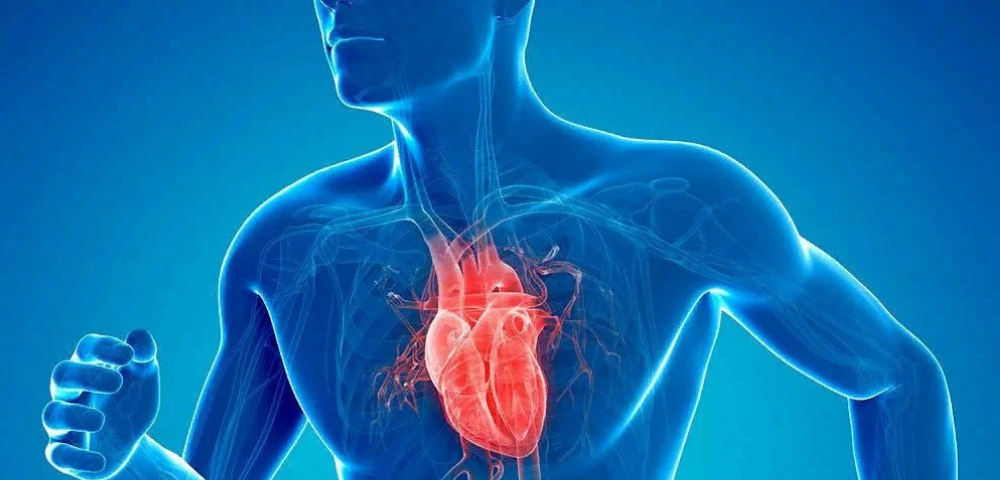A stroke is a medical emergency that can be fatal and has to be treated right away. It occurs when blood flow to the brain is either interrupted or diminished, depriving the brain of the oxygen it needs. Knowing how to recognize the early symptoms of a stroke and responding quickly could save lives. The acronym FAST is a simple yet effective way to identify the key warning signs of a stroke. By being informed, you can make a difference by acting promptly in a crisis situation.
In this blog, we’ll discuss the warning signs of a stroke, explain the importance of Act FAST, and provide insights into how timely intervention improves recovery outcomes.
What is a Stroke and How Does it Happen?
A stroke occurs when a blood vessel in the brain becomes blocked or ruptures, stopping blood flow to brain cells. This lack of oxygen can lead to brain cell death, which can cause long-term complications, disabilities, or death. Two main categories of stroke exist:
- Ischemic Stroke: This is caused by a blockage, typically by a blood clot, that restricts blood flow to the brain.
- Hemorrhagic Stroke: This happens when a blood vessel in the brain bursts, leading to bleeding in or near the brain.
Both types of stroke are medical emergencies that require urgent treatment. Recognizing the signs of a stroke is vital for ensuring timely medical care and preventing further damage.
Why Early Detection of Stroke is Crucial
Stroke symptoms can occur suddenly, which is why recognizing them early can make a huge difference. The brain is highly sensitive, and even a few minutes of delayed treatment can result in irreversible brain damage or even death. The earlier someone acts in response to the signs of a stroke, the higher the chances of recovery and survival.
The Importance of the FAST Acronym
The acronym FAST provides an easy way to identify the most common stroke symptoms and ensure quick action. It stands for:
- F – Face Drooping: One side of the face may appear to droop or the person may struggle to smile evenly.
- A- Arm Weakness: Request that the individual raise both arms. If one arm drifts downward or cannot lift, it could indicate a problem.
- S – Speech Difficulty: Pay attention to slurred speech or a person having trouble repeating a simple sentence.
- T – Time to Call for Help: If any of the above symptoms are present, call emergency services immediately.
The FAST test allows people to act quickly by identifying the most common warning signs. Every second matters when responding to a stroke, and immediate action could prevent brain damage or death.
Additional Stroke Symptoms to Pay Attention To
Although the FAST acronym is a helpful guideline, strokes can present in ways that extend beyond the four warning signs. Recognizing these other symptoms is equally important:
- Sudden Numbness or Weakness: A sudden sensation of numbness or weakness, especially on one side of the body.
- Confusion or Trouble Understanding Words: Difficulty processing language, sudden mental changes, or confusion can point to a stroke.
- Sudden Vision Problems: A sudden inability to see clearly in one or both eyes could be a sign.
- Sudden Dizziness or Loss of Balance: Trouble walking or maintaining balance may indicate the onset of a stroke.
- Severe, Sudden Headache: A sudden, intense headache with no clear cause could indicate a hemorrhagic stroke.
Recognizing these signs quickly can be vital in ensuring emergency medical attention is sought immediately.
Why You Should Always Act FAST
Time is critical during a stroke, and the faster a person acts, the better the outcome. The phrase Act FAST to Save a Life emphasizes how urgent it is to recognize the symptoms and contact emergency services as soon as possible. Every minute counts because the longer brain cells lack oxygen, the greater the likelihood of irreversible brain damage.
Treatment Options for Stroke
If someone is suspected of having a stroke, emergency medical intervention can lead to effective treatment options. Common treatments for stroke include:
- Thrombolytic Therapy: These medications dissolve blood clots in cases of ischemic stroke.
- Mechanical Thrombectomy: A surgical procedure used to physically remove clots in cases of blockage.
- Surgery for Hemorrhagic Stroke: Surgical intervention may stop bleeding or repair damaged arteries in certain cases.
- Rehabilitation Therapy: Physical therapy, speech therapy, and occupational therapy play a vital role in long-term recovery.
Getting medical attention as quickly as possible can ensure the person receives the right treatment for their specific condition, increasing their chances of recovery.
Stroke Prevention: How to Stay Ahead of the Risk
While knowing how to Act FAST to save a life is crucial, prevention is the most effective way to reduce the risk of a stroke. Making healthy lifestyle choices can greatly impact heart health and minimize the risk factors associated with stroke.
Here are a few strategies to prevent a stroke:
- Manage Blood Pressure and Blood Sugar: Keep hypertension and diabetes under control by following your healthcare provider’s advice.
- Eat a Balanced Diet: Heart health can be preserved by eating a diet high in fruits, vegetables, whole grains, and lean proteins.
- Stay Active: Regular physical activity can improve cardiovascular health and lower the risk of a stroke.
- Avoid Smoking: Smoking increases the risk of developing blood clots and damages blood vessels.
- Limit Alcohol: Excessive alcohol consumption can lead to high blood pressure, a major risk factor for stroke.
- Manage Stress: High-stress levels can impact blood pressure and increase the risk of heart disease and stroke.
For individuals with pre-existing conditions such as hypertension or diabetes, routine check-ups with a cardiologist are essential. Regular heart evaluations help to identify potential risks early. If you’re in need of expert care, visit Dr. Akshay’s Cardiology Clinic in Pune, recognized as the Best Cardiologist in Pune, for comprehensive cardiovascular care and routine monitoring.
Summary
Recognizing the signs of a stroke and acting quickly can drastically improve outcomes. Whether it’s through the FAST acronym or by paying attention to additional symptoms, knowing the warning signs could save a life. The sooner you call for help, the better the chances of recovery.
If you’re at risk for stroke due to high blood pressure, diabetes, or other underlying conditions, schedule a check-up with a heart specialist. For expert care and guidance, visit Dr. Akshay’s Cardiology Clinic in Pune, a trusted name known as the Best Cardiologist in Pune.
Remember: Act FAST and save a life. Your quick action can make all the difference.

